Engine 17 was organized March 15, 1871 on Race Street east of Broad Street in the firehouse formerly occupied by the Good Will Fire Company. The city paid $416.66 in rent during 1871.
The original company roster was as follows:
Foreman John c. Jeffers
Engineer William Westcott
Driver Charles Stotsenburg
Fireman W.S. Penrose
Hoseman David C. Henk
Hoseman Luke Kelly
Hoseman William Harris
Hoseman James McGauhey
Hoseman David Clew
Hoseman James Harvey
Hoseman Edward Sewell
Hoseman Theodore Felter
Mrs. Henk was the company matron.
During 1894 they moved to a new station in rear of 253 N. 15th Street. Responding from this station was often delayed due to it being located behind a police station and across from a hospital. On July 29, 1926 Engine 17 moved to a new station at 1328 Race Street. They were housed here along with newly organized Truck 23 and the Rescue Squad. In addition to the fire companies, department headquarters was housed here as well. Ladder 23 moved in with Engine 20 at its new station at 10th & Cherry Streets on June 5, 1956. (Heavy) Rescue 1 was deactivated on February 11, 1963, but came back as a (Light) Rescue 1 on February 18, 1963. On July 10, 1968, Rescue 1 moved to Engine 20’s station. Engine 17 was disbanded on November 20, 1972. Headquarters remained here until January 21, 1976 when they moved to their present location at 240 Spring Garden Street. The building was demolished in 2007 to make way for expansion of the convention center.
Have an interesting story about Engine 17 that you would like to share? We would love to hear from you. Use the comment form below.
Looking for interesting Philadelphia Fire Department Merchandise? Visit our store for great patches and much more.

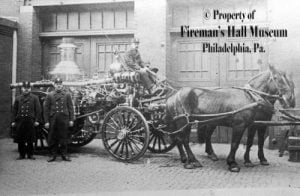
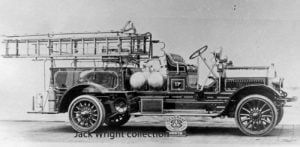
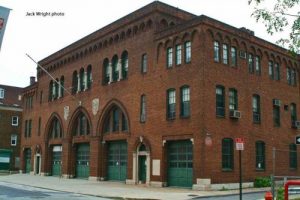

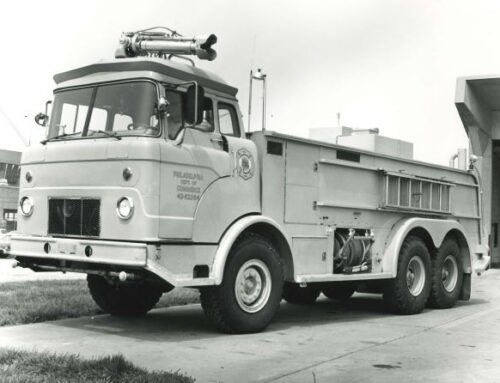
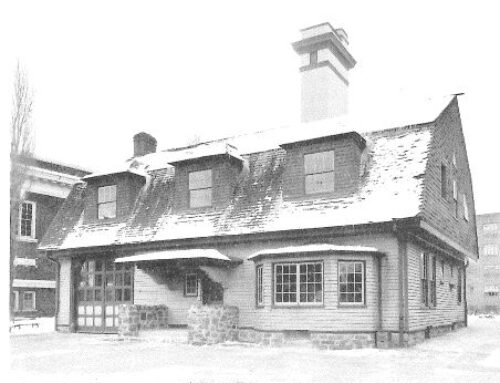
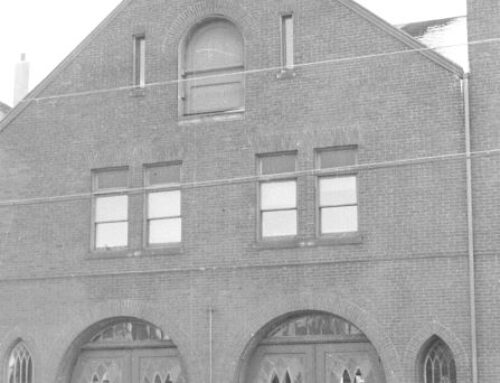
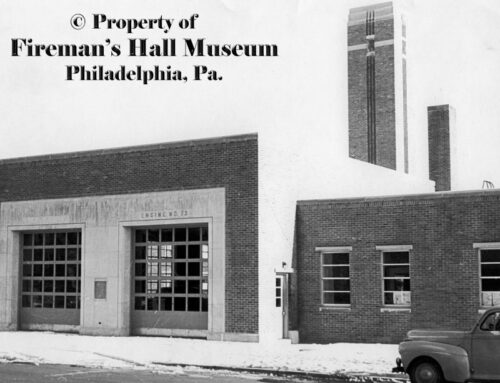
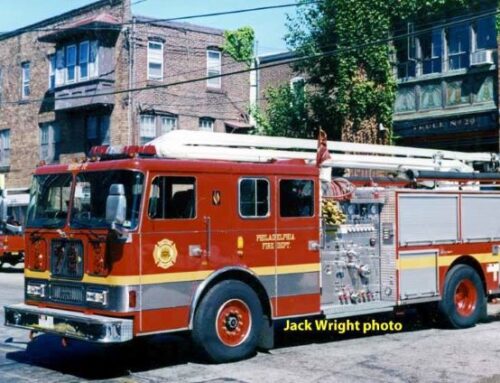
Back in 1932, My Father William (aka) “Willie ” was known as the 4 year old “Chief Sparkie ” Mascot of
Engine. 17 . @ 1328 Race Street.
October 7 1932 Sparkie was the 4 year old Mascot
Of Engine 17
He was sponsored by The Franklin Fire Department
He spoke on 22 radio programs in his red fireman’s outfit, spoke in theaters, schools also.
My name is Lori Ann Johnston, I am his only living daughter, and I am trying to find out more if I can. I have a few photos of him doing this. 421 news published a few stories of my Daddy… Chef Sparkie.
Please if Anyone or any other archive’s exist, I WOULD LOVE to investigate this further. Please Help me if you can.
Sincerely:
Lori Ann Johnston:. [email protected]
337-329-2448
I’m praying someone has more information about him in archives.
Up until 1927, almost all fires were reported by way of fire alarm boxes located at many street intersections throughout the city. When the box was activated it would send an electrical signal over wires indicating the box’s number to the Fire Alarm Room in City Hall. From there, the box number would be re-transmitted over wires to bells in all fire stations tapping out the number. In 1927, with the more common use of telephones, a Bell Telephone switchboard and a Keystone switchboard was installed in the newly constructed Fire Headquarters at 1328 Race St. Also housed in the Headquarters was the fire station containing Engine 17, Ladder 23, and Rescue 1. One or two dispatchers operated the switchboards. When a report of a structure fire was phoned in over the Bell Telephone switchboard, the fastest way to notify the closest Engine Co, Ladder Co. and Battalion Chief to the location of fire was to use the Keystone switchboard which contained all the city’s fire stations. Thus, the term “Local Alarm” was born. If someone activated a fire alarm box for the same fire, the Fire Alarm Room would transmit that box bringing usually an additional 3 engines, another ladder, and battalion chief to the fire. I believe the thinking was, if the fire could be seen from the street, then the additional companies would be needed.
At 12:01am on January 8, 1950, the dispatchers in Headquarters and their switchboards were moved to the Fire Alarm Room in City Hall. And all alarms for fires were now broadcast over a Voice Alarm System which went simultaneously to all fire stations. However, rather than transmitting box alarms for all phoned-in structure fires as most of the large cities did, Philly continued the local alarm dispatch assignment up until the mid-1970s.
Thanks for reply, like to hear ANY MORE info you have on This particular station..
My Father was their “Mascot” at 5 Years old.
This named: Chief Sparkle”
Will provide a Photo soon of him in his Fireman’s Suit.
Additional information for a 6-alarm fire that Engine 17 responded to on the 3rd alarm can be found on our post for The History of Heavy Rescue, see comments at bottom of the page.